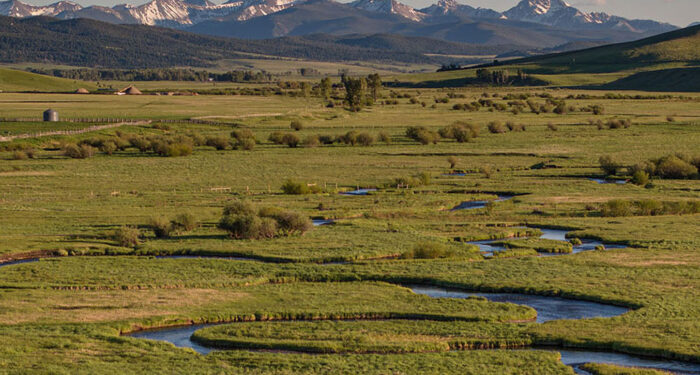There are two types of rights that may be included in land ownership: surface rights and mineral rights. A landowner may own the rights to everything on the surface, but not the rights to underground resources such as oil, gas, and minerals. In the United States, landowners possess both surface and mineral rights unless they choose to sell the mineral rights to someone else. Once mineral rights have been sold, the original owner retains only the rights to the land surface, while the second party may exploit the underground resources in any way they choose.
Mineral rights can be held in various ways. When the same owner holds both surface and mineral rights, it’s called a unified estate. When surface and mineral rights are severed from each other, the separate ownership is called a split estate. A third option is a fractional estate, in which mineral rights are split between several owners. This may happen, for example, when a property owner divides rights among several heirs or sells some mineral rights but retains others. A landowner may also choose to sell mineral rights to multiple buyers, each of whom then owns the rights to a particular piece of land.
Another option is to lease, rather than sell, mineral rights to oil, gas, or mining companies, in order to obtain a portion of the profits. Alternatively, a landowner can sell mineral royalties, which allows him or her to retain control over where on the surface extractive activities take place.
What are surface rights?

Surface rights are, as the name implies, the rights to the surface area of a piece of land. This includes any structures on the property, as well as the rights to farm the land or exploit aboveground resources such as trees, plants, or water according to local laws and ordinances. Typically, you also have the right to dig down to a certain depth for purposes such as installing septic tanks.
If you own surface rights, you are allowed to sell or transfer title to the land surface, but you may not sell or lease your property to an oil, gas, or mining company for exploration or extraction. Those rights do not legally belong to you.
If you are planning to buy or sell land, it’s essential to know exactly which rights are included. As a landowner, you clearly control the fields, forests, ponds, buildings, and other things on the surface, but what about what’s below ground?
What are mineral rights?

Mineral rights are the rights to underground resources including oil, natural gas, gold, silver, copper, iron, coal, uranium, and other minerals. Sand, gravel, limestone, and subsurface water are not considered mineral rights and typically belong to the surface rights holder.
If you or a previous owner have sold the mineral rights to your property, it means you own only what’s above ground. If the mineral rights holder wants to extract resources, they do not need your approval to do so. They may perform exploratory drilling and other tests to determine whether or not to invest in further development, and they will most likely need to install equipment and infrastructure such as pumps, wells, mine shafts, access roads, and power lines.
There may be a requirement for the mineral rights holder to provide compensation for any surface damage, but basically, they have the right to use as much of the surface as is reasonably necessary for mineral exploration and extraction, without asking your permission. All of these activities will affect both the appearance of your land and your ability to use the surface in ways you see fit.
Things to consider when buying land

Once mineral rights have been severed from surface rights, they remain that way. If you are considering purchasing land, make sure you research included rights thoroughly before making any purchasing decisions, to avoid any unpleasant surprises down the road. You may think you are buying both surface and mineral rights, only to discover that the previous owner has sold mineral rights to a third party. If you already own land and are not sure which rights you hold, check your property deed or mortgage paperwork.
Remember that the mineral rights holder is always the dominant party when it comes to accessing subsurface resources. Many times, an oil, gas, or mining company will try to work out a plan that will minimize disruption, but if you want to retain complete control over your land, it’s always best to purchase both surface and mineral rights. If you choose otherwise, make sure you are fully informed of who holds the mineral rights and how this might affect your use of the property.

If you are planning to buy or sell land, it’s essential to know exactly which rights are included. As a landowner, you clearly control the fields, forests, ponds, buildings, and other things on the surface, but what about what’s below ground?




